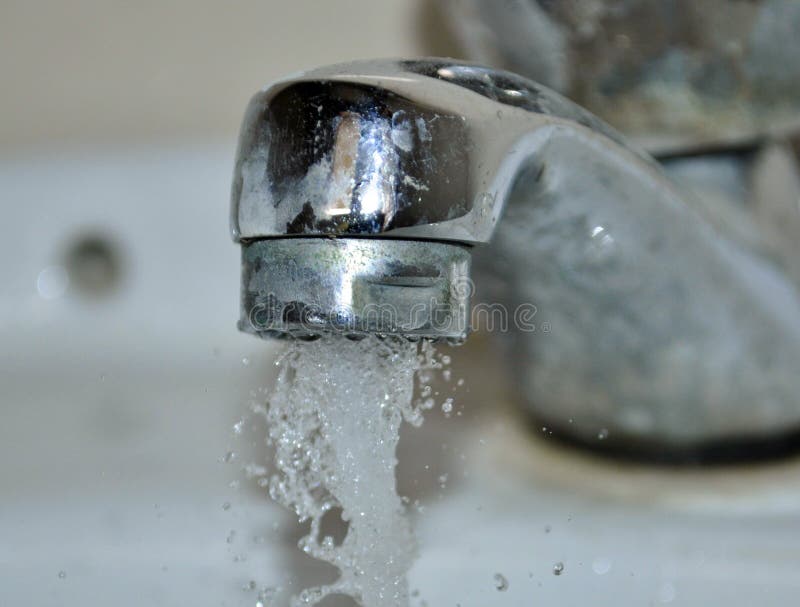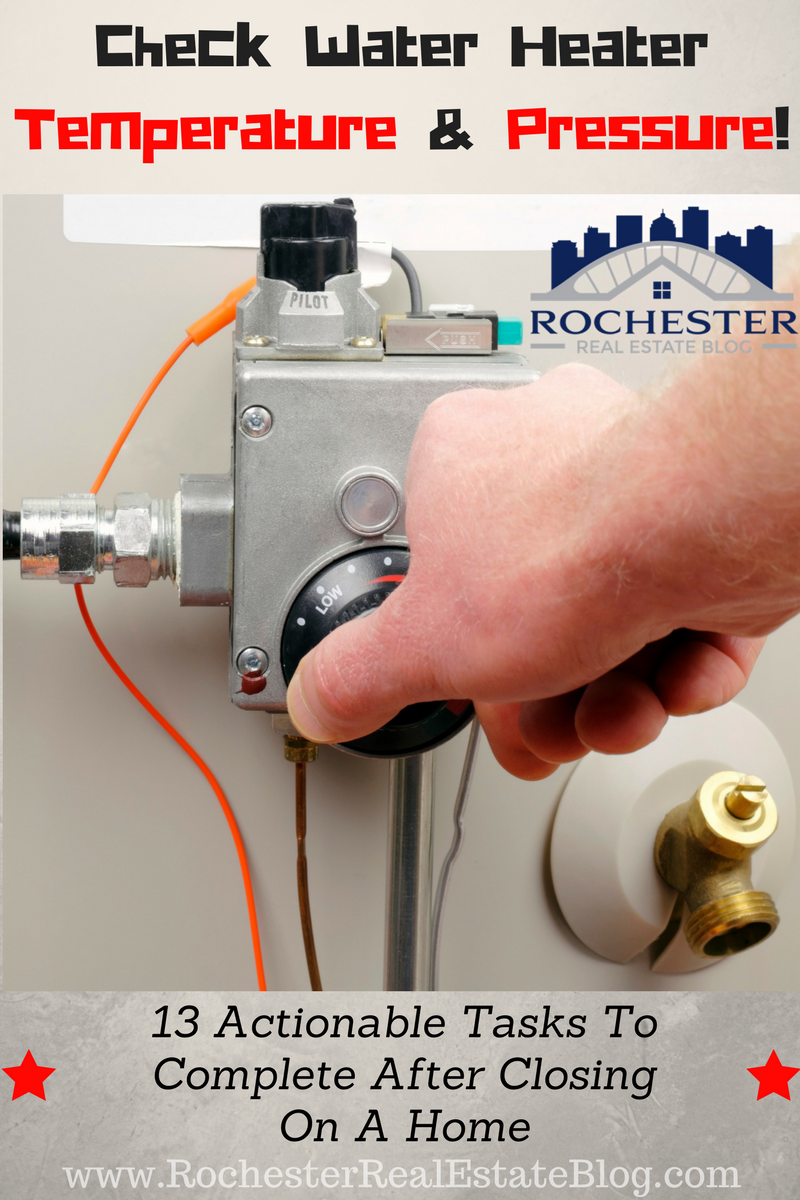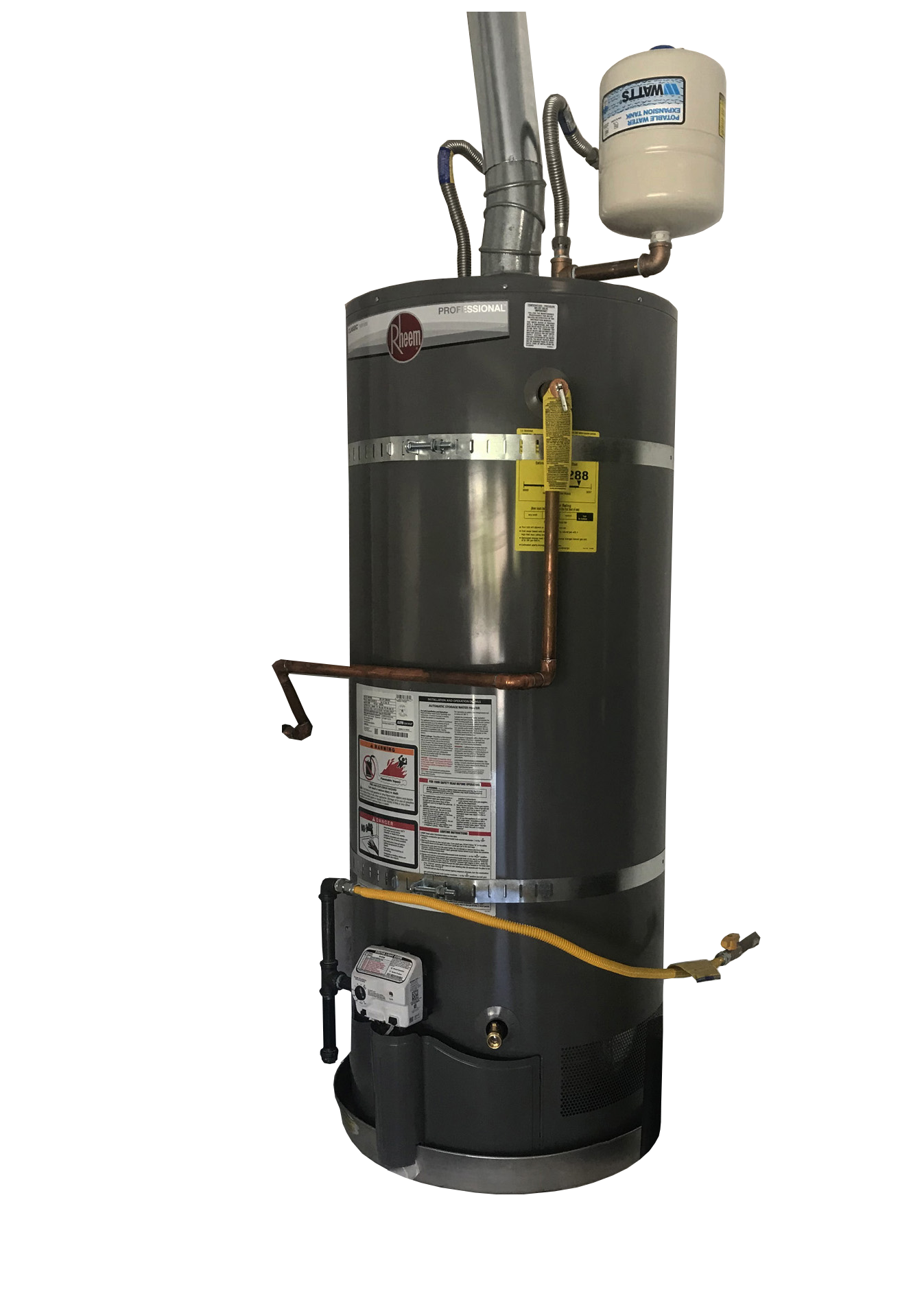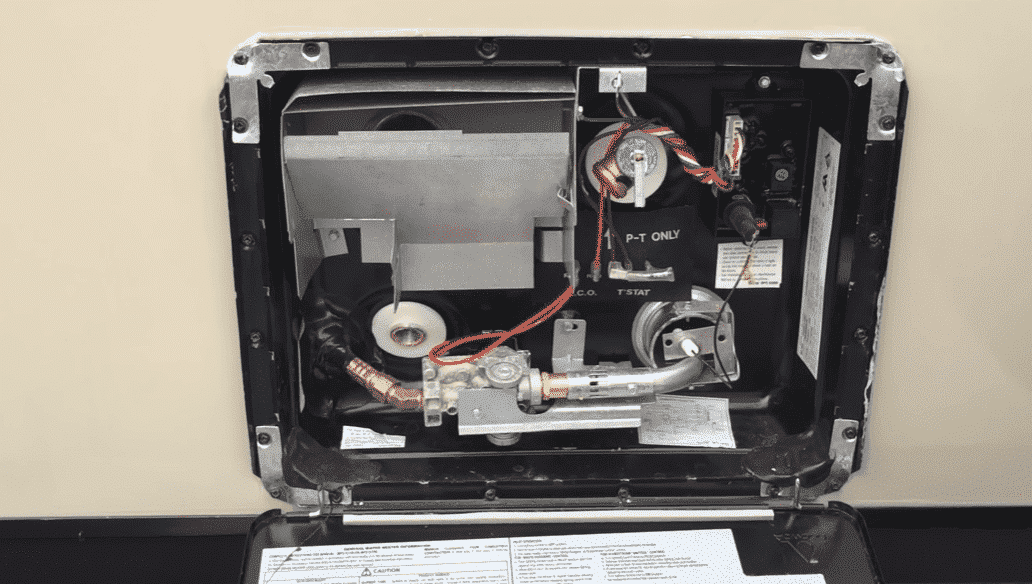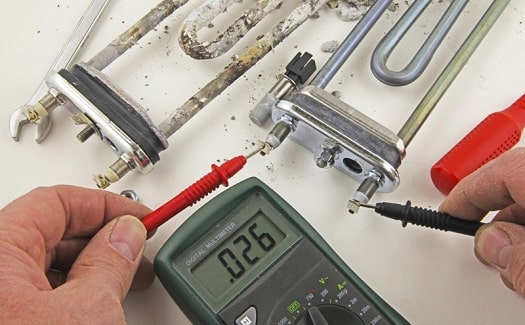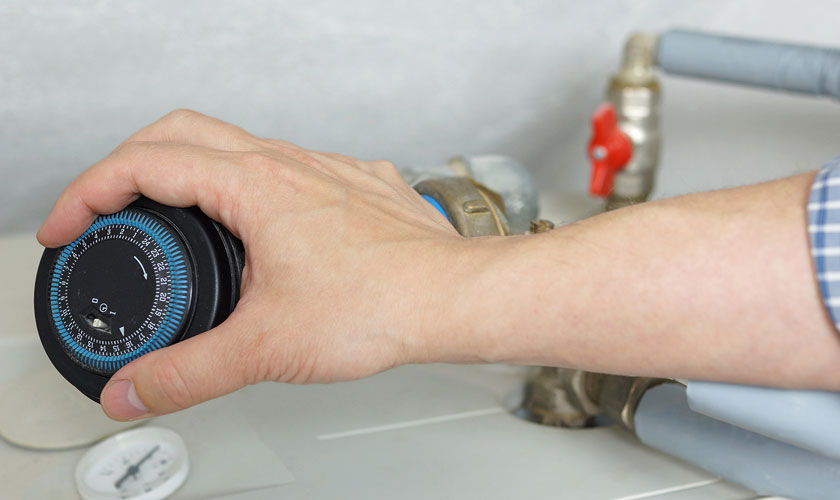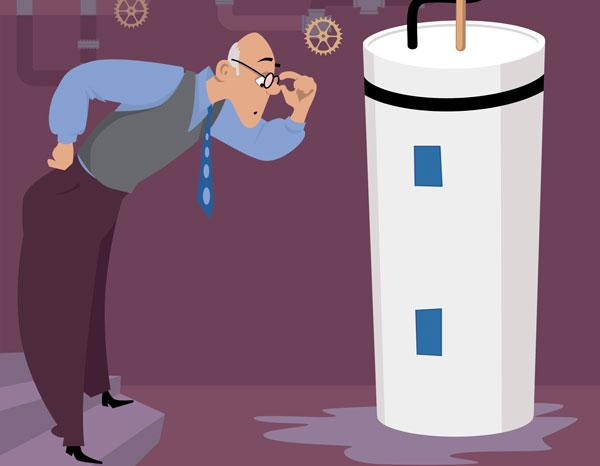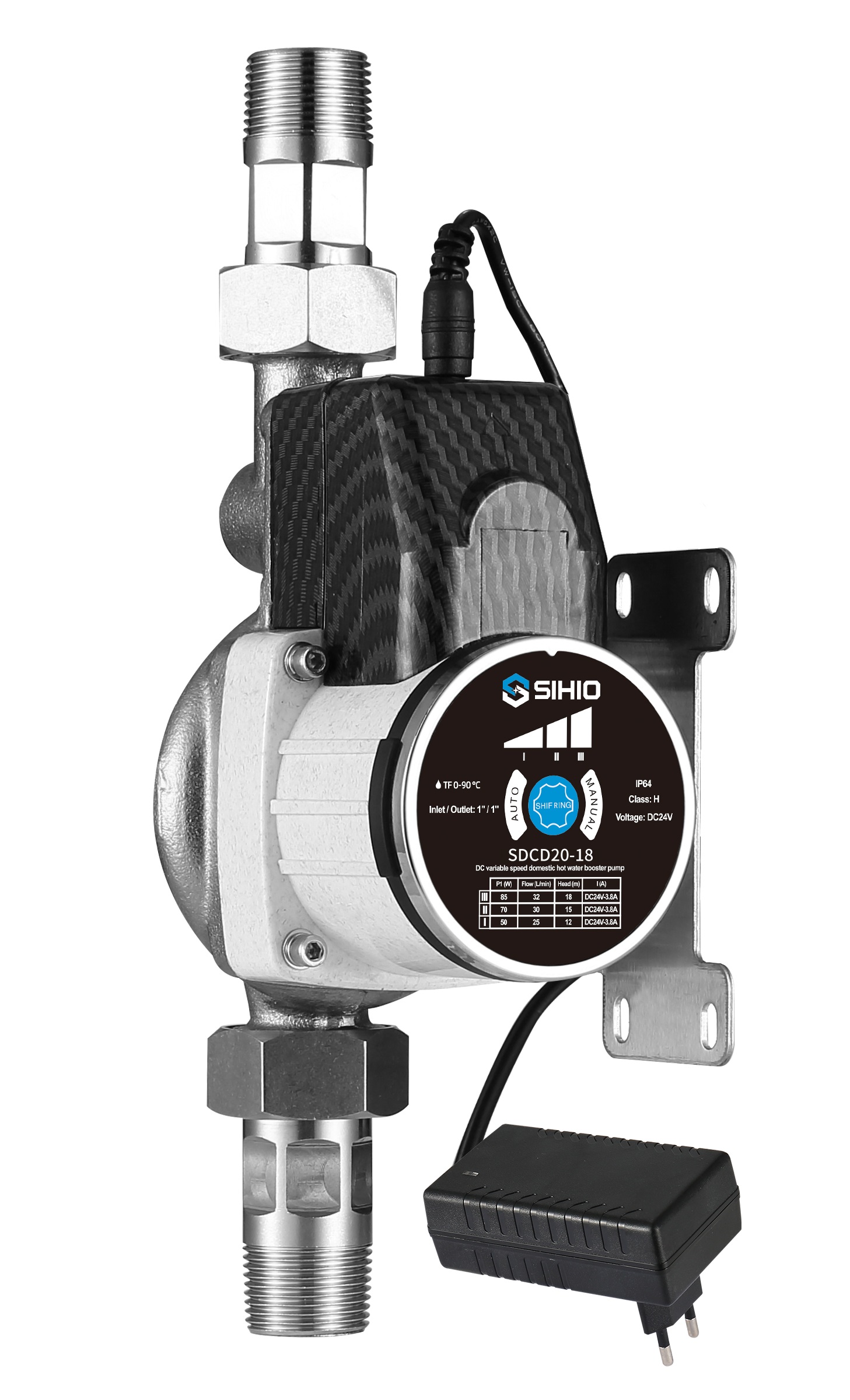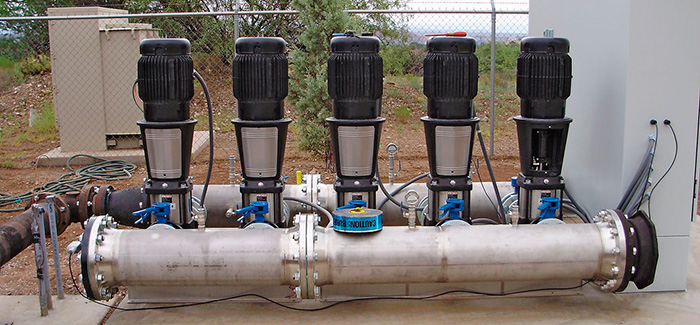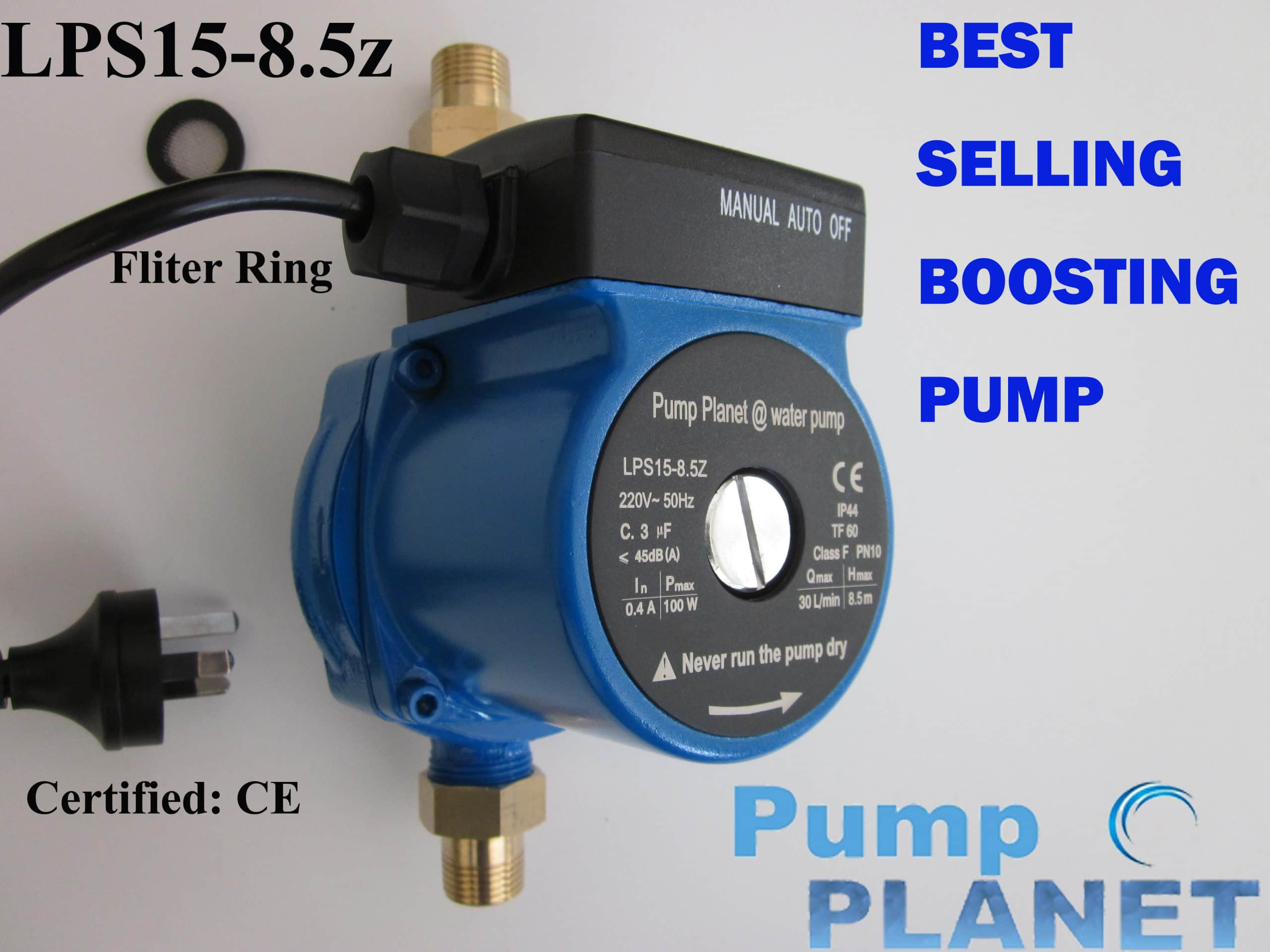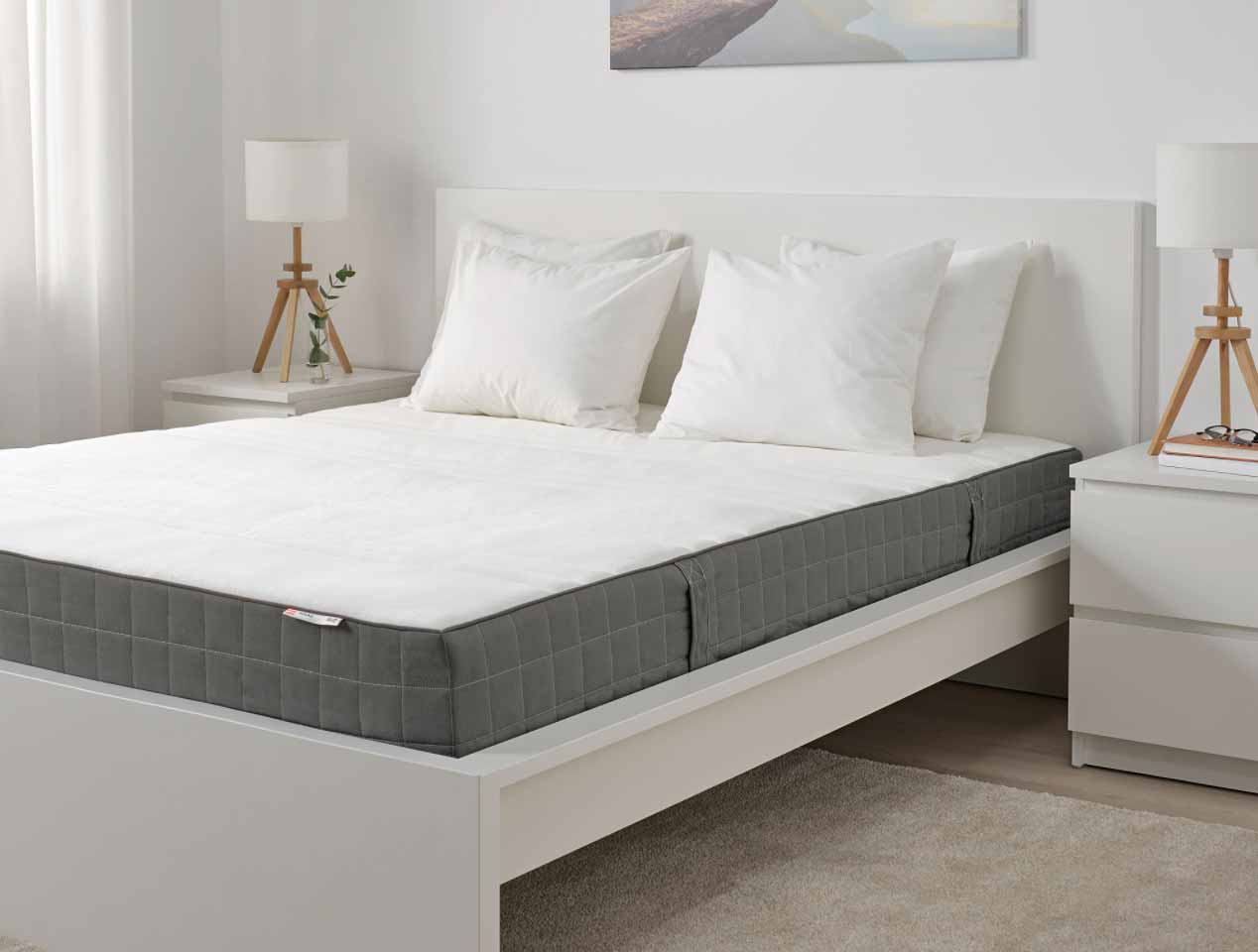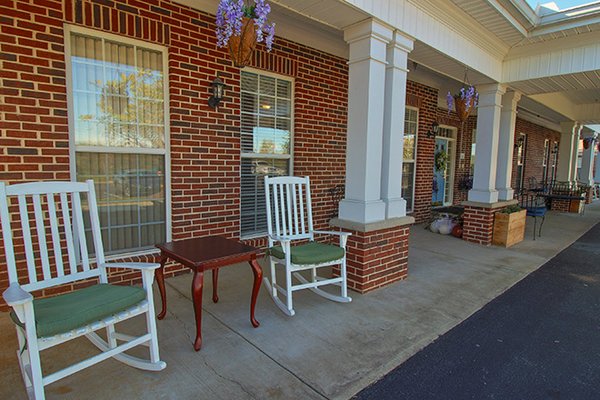If you're experiencing bad water pressure in your kitchen sink, one of the first things you should check is the aerator. This small device, located at the end of the faucet, can easily become clogged with debris and mineral buildup. To check the aerator, simply unscrew it from the end of the faucet and clean it with a mixture of vinegar and water. If the aerator is damaged or too clogged to clean, it may need to be replaced.Check the aerator
The water supply valve is responsible for regulating the amount of water coming into your kitchen sink. If it is not fully open, you may experience low water pressure. Make sure the valve is fully open and not obstructed by any objects. If it is damaged or not functioning properly, it may need to be replaced by a professional plumber.Check the water supply valve
If the aerator and water supply valve are not the cause of your bad water pressure, the next step is to check the pipes for clogs. Over time, debris, minerals, and even small objects can get stuck in the pipes, causing a blockage. You can try using a plunger or a plumbing snake to clear the clog, but if you are not comfortable doing so, it's best to call a plumber for assistance.Check the pipes for clogs
A water pressure regulator is a device that controls the water pressure in your plumbing system. If it is not set correctly or is malfunctioning, it can cause low water pressure in your kitchen sink. You can try adjusting the regulator yourself, but it's recommended to have a professional plumber handle this task to avoid causing any further issues.Check the water pressure regulator
Leaks in the pipes can also cause low water pressure in your kitchen sink. Inspect the pipes under the sink and look for any signs of leaks, such as water stains or puddles. If you find a leak, it's important to get it fixed as soon as possible to prevent further damage to your plumbing system.Check for leaks in the pipes
Similar to the aerator, the faucet itself can become clogged with debris over time. To check for debris, unscrew the aerator and clean it thoroughly. You can also use a toothbrush or a small brush to clean out any debris from the faucet itself. This should help improve the water pressure in your kitchen sink.Check the faucet for debris
If you're still experiencing bad water pressure in your kitchen sink, it's a good idea to check the water pressure in other faucets throughout your home. If the water pressure is low in all faucets, the issue may be with your main water line. In this case, it's best to call a plumber for professional assistance.Check the water pressure in other faucets
If your kitchen sink is the only faucet with low water pressure, the problem may be with your water heater. Sediment and mineral buildup can cause clogs in the water lines connected to the water heater, resulting in low water pressure. Flushing your water heater can help remove any buildup and improve the water pressure in your kitchen sink.Check the water heater
If you've exhausted all of the above options and are still experiencing bad water pressure in your kitchen sink, it's time to call a professional plumber. They will have the knowledge and tools to properly diagnose and fix the issue, ensuring that your water pressure is back to normal in no time.Call a plumber for professional help
If your water pressure is consistently low throughout your home, you may want to consider installing a water pressure booster. This device increases the pressure of your water as it enters your home, providing a consistent and strong water flow. It's best to have a professional plumber install a water pressure booster to ensure it is done correctly and safely. In conclusion, experiencing bad water pressure in your kitchen sink can be frustrating, but it's important to address the issue as soon as possible to prevent any further damage to your plumbing system. By following these steps and seeking professional help when needed, you can improve the water pressure in your kitchen sink and enjoy a more efficient and enjoyable cooking and cleaning experience.Install a water pressure booster
Possible Causes of Bad Water Pressure in the Kitchen Sink

Clogged or Leaky Pipes
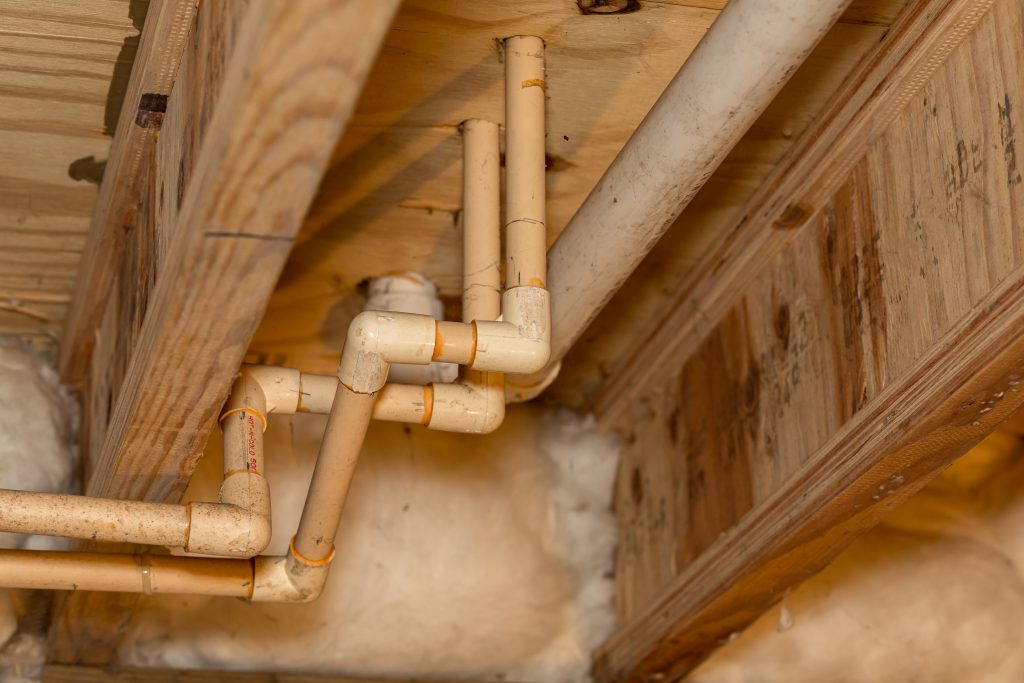 One of the most common reasons for low water pressure in the kitchen sink is clogged or leaky pipes. Over time, debris, mineral deposits, and other debris can build up inside the pipes, restricting the flow of water. Additionally, if there is a leak in the pipes, it can cause a decrease in water pressure. This can be caused by old or worn-out pipes, or even damage from tree roots. It is important to regularly check and maintain your pipes to prevent these issues.
One of the most common reasons for low water pressure in the kitchen sink is clogged or leaky pipes. Over time, debris, mineral deposits, and other debris can build up inside the pipes, restricting the flow of water. Additionally, if there is a leak in the pipes, it can cause a decrease in water pressure. This can be caused by old or worn-out pipes, or even damage from tree roots. It is important to regularly check and maintain your pipes to prevent these issues.
Issues with the Water Supply
 Another possible cause for low water pressure in the kitchen sink is an issue with the water supply. This can happen if there is a problem with the municipal water system, such as a water main break or low water pressure in the area. It can also be caused by issues within your own home, such as a faulty pressure regulator or a closed shut-off valve. It is recommended to check with your neighbors to see if they are experiencing similar water pressure issues, and if not, then the issue may be within your own home.
Another possible cause for low water pressure in the kitchen sink is an issue with the water supply. This can happen if there is a problem with the municipal water system, such as a water main break or low water pressure in the area. It can also be caused by issues within your own home, such as a faulty pressure regulator or a closed shut-off valve. It is recommended to check with your neighbors to see if they are experiencing similar water pressure issues, and if not, then the issue may be within your own home.
Problems with the Faucet
 Sometimes, the problem may not be with the pipes or the water supply, but with the faucet itself. Over time, faucets can wear out, causing a decrease in water pressure. This can also happen if the aerator, a small mesh screen that helps regulate water flow, becomes clogged with debris. In some cases, the faucet may need to be replaced, but in many cases, simply cleaning or replacing the aerator can solve the issue.
Sometimes, the problem may not be with the pipes or the water supply, but with the faucet itself. Over time, faucets can wear out, causing a decrease in water pressure. This can also happen if the aerator, a small mesh screen that helps regulate water flow, becomes clogged with debris. In some cases, the faucet may need to be replaced, but in many cases, simply cleaning or replacing the aerator can solve the issue.










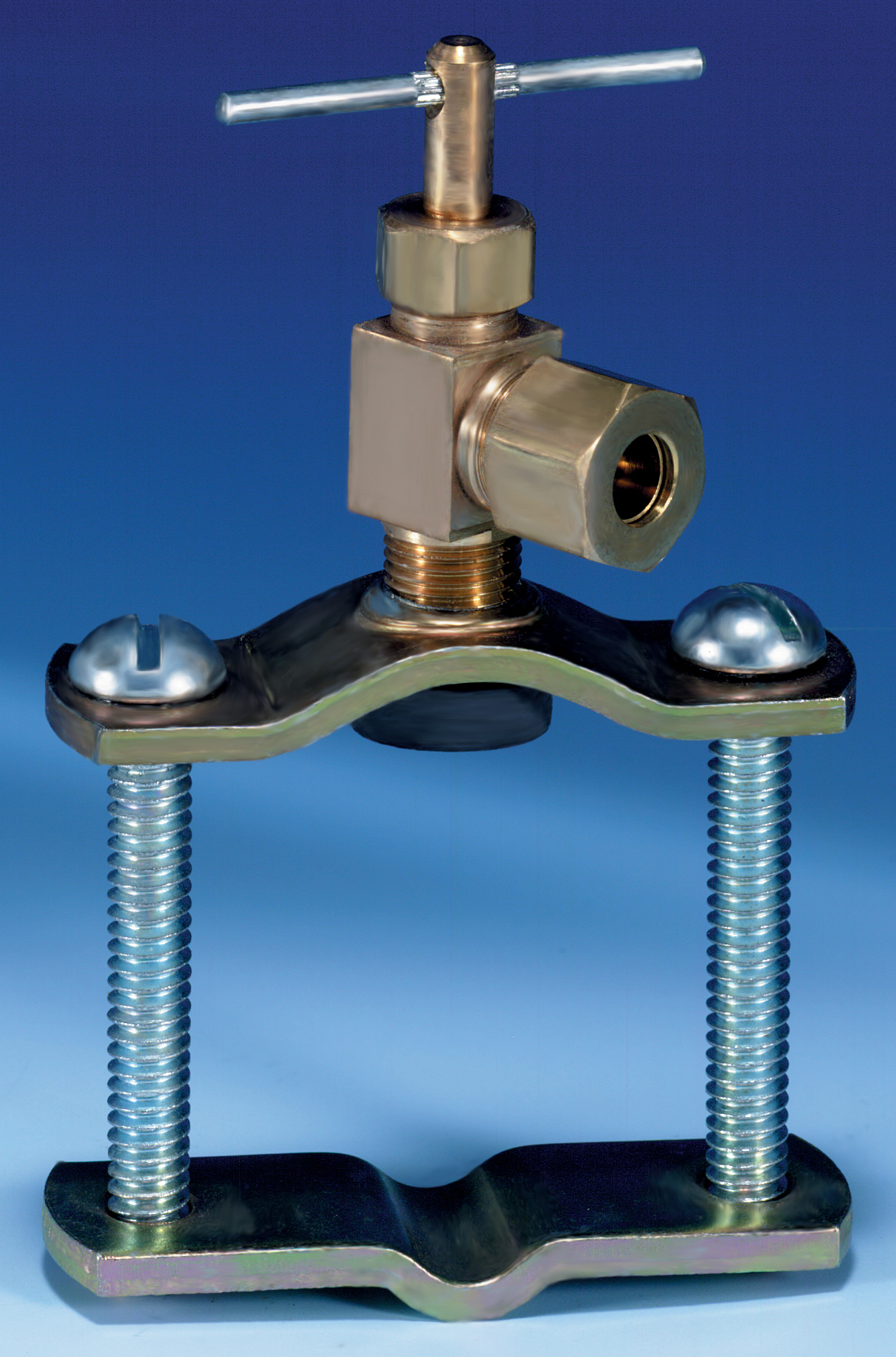





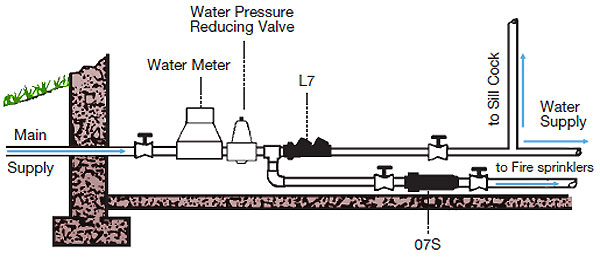



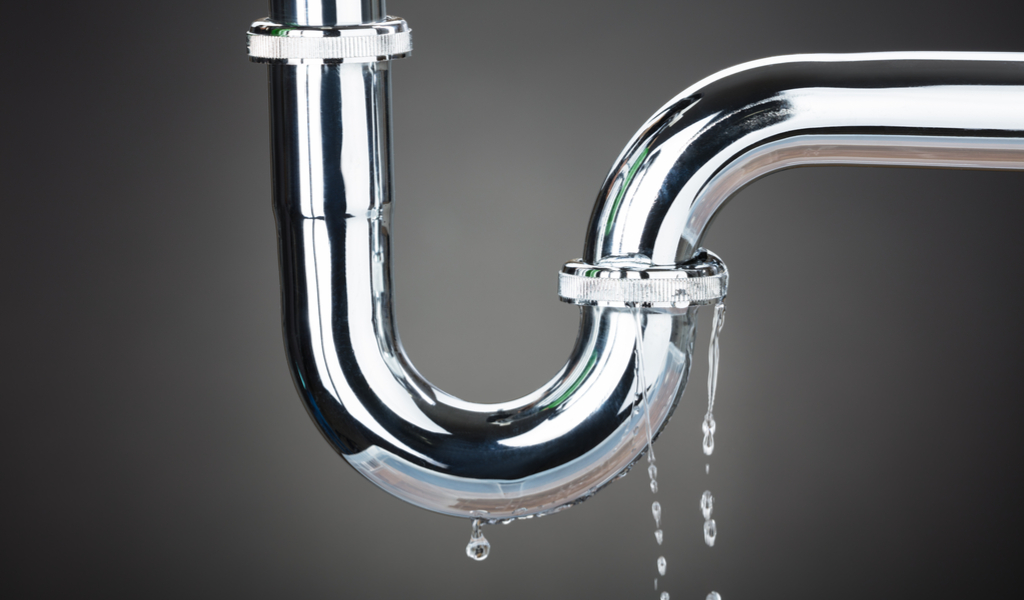






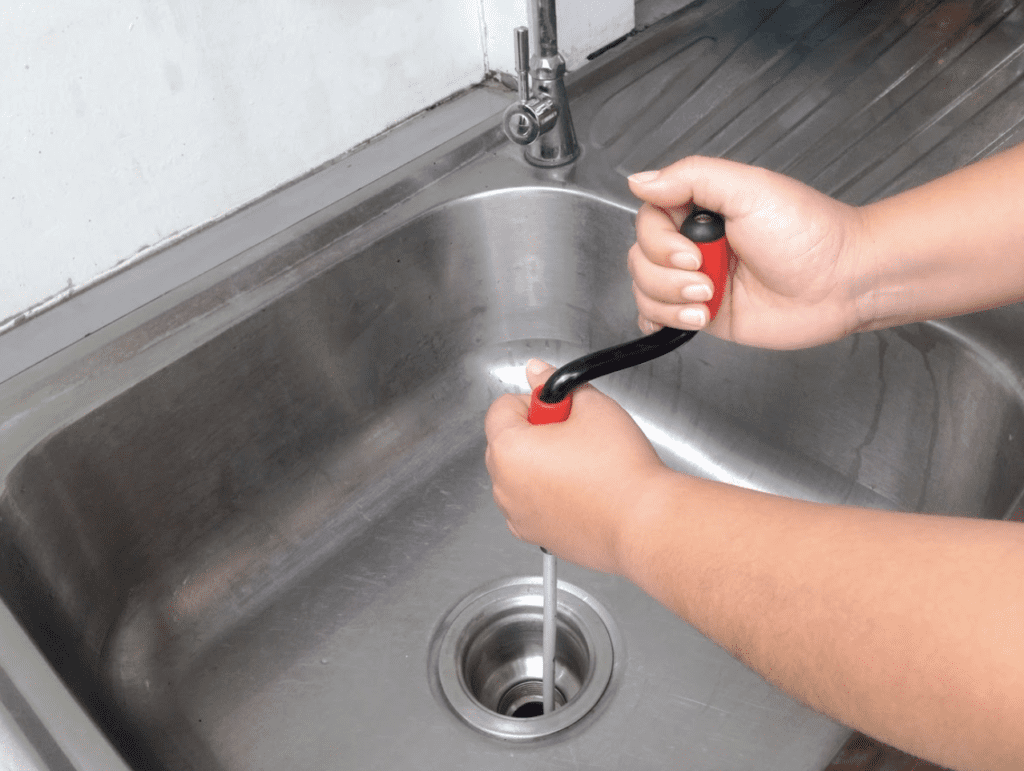

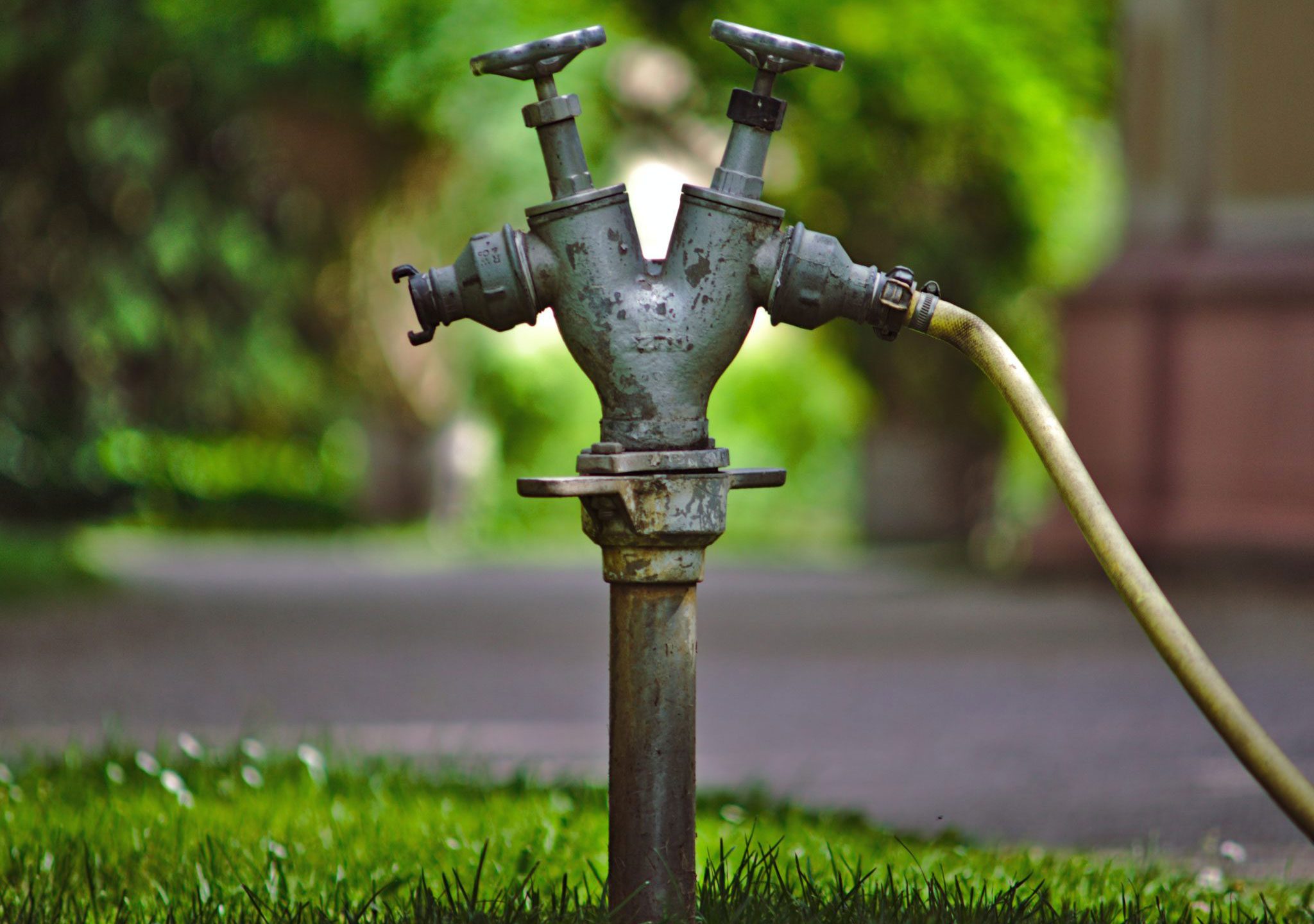



:max_bytes(150000):strip_icc()/the-men-s-hand-opens-the-ball-valve-on-the-collector-1006810456-5c5fc73fc9e77c000159c4af.jpg)










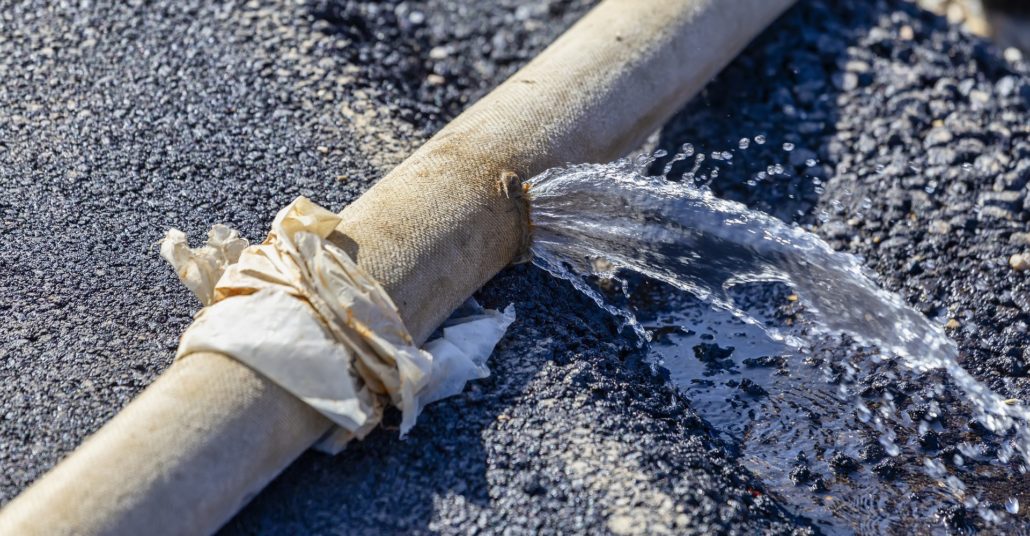



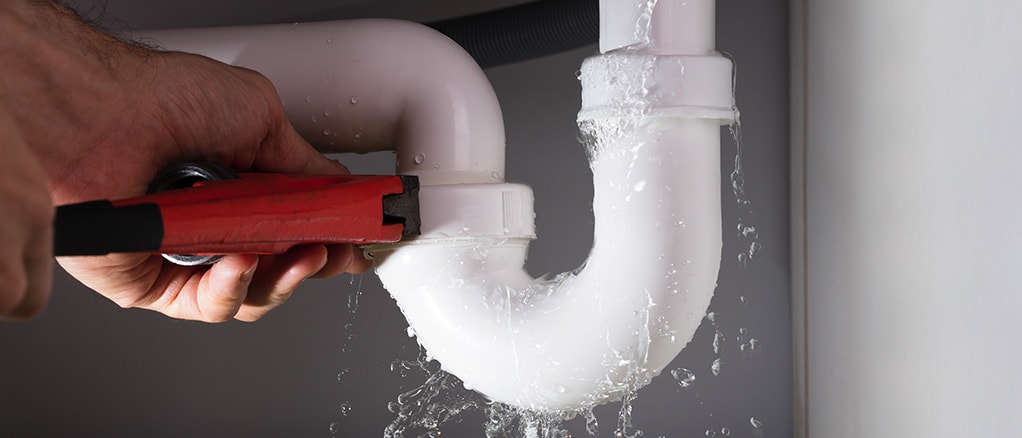

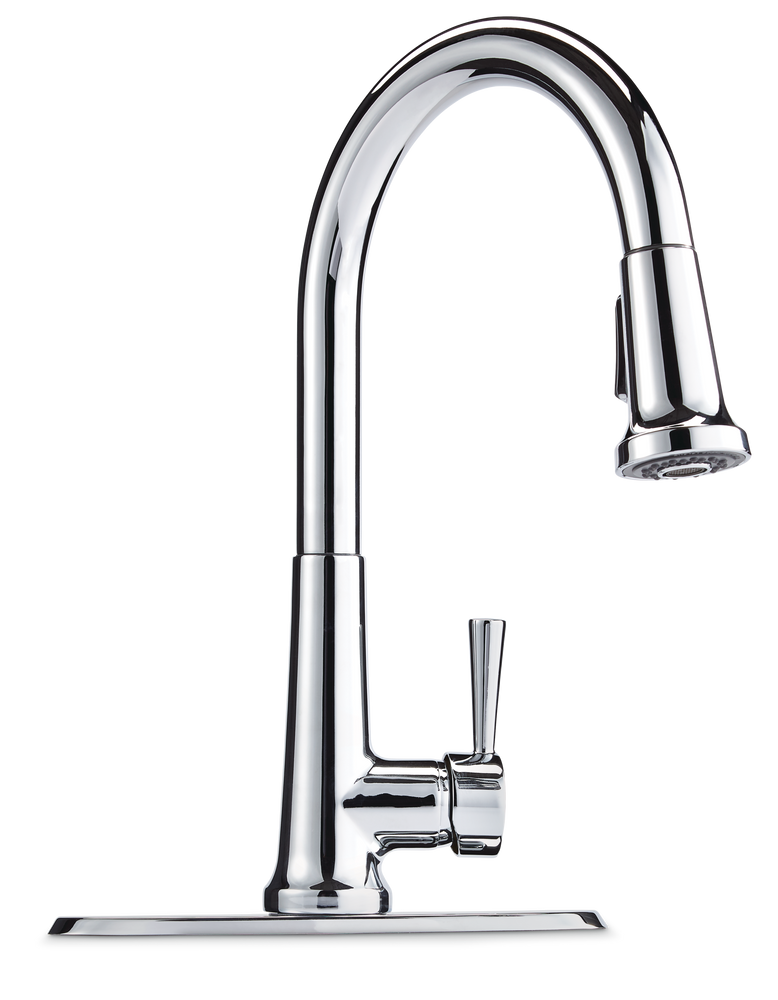
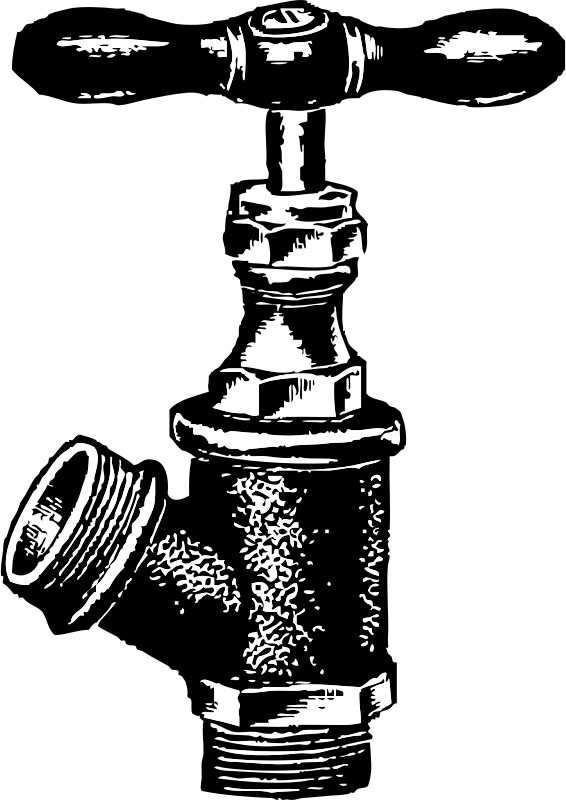
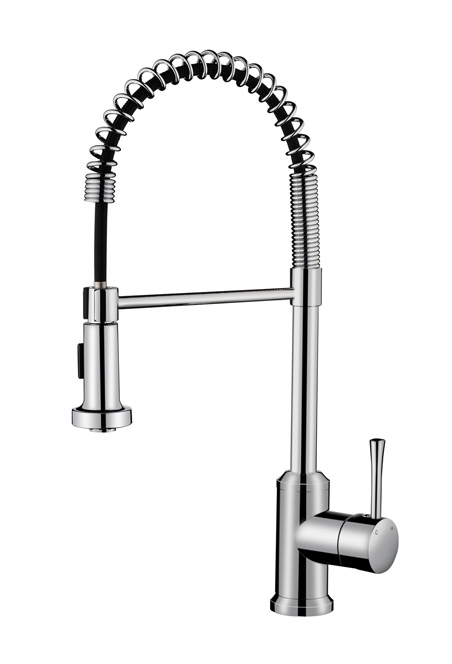





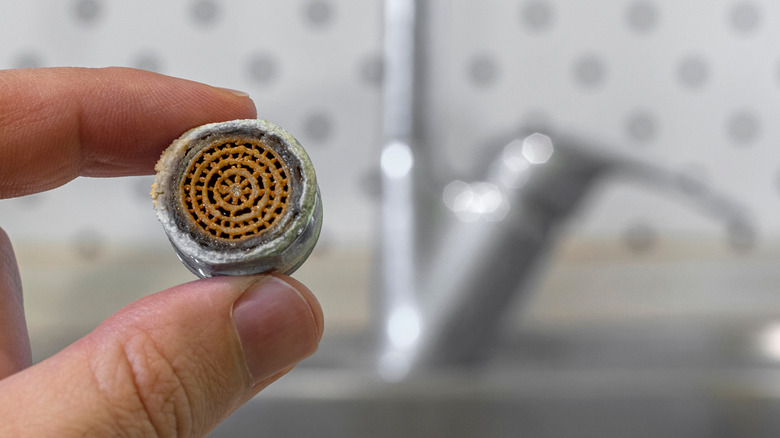




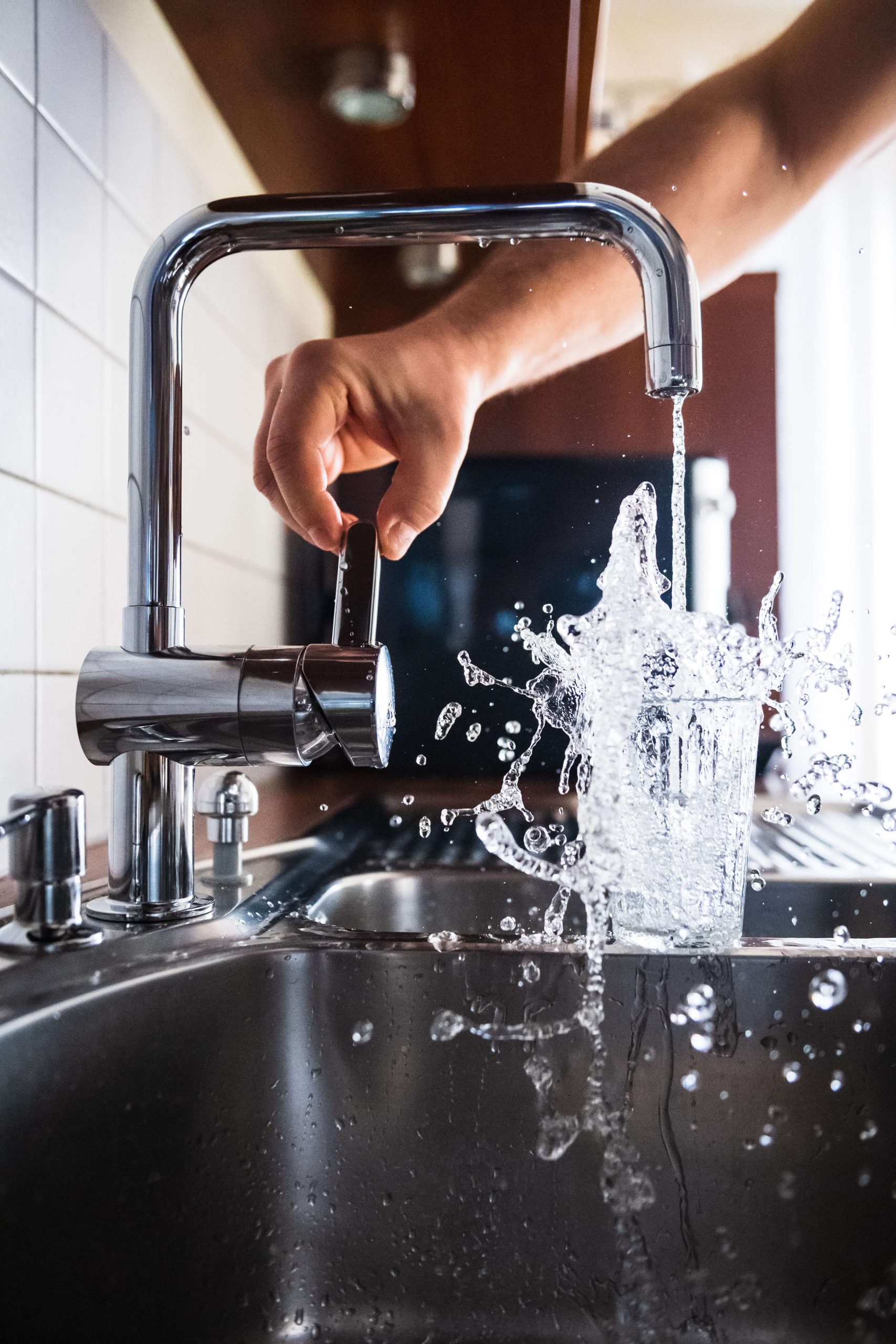

:max_bytes(150000):strip_icc()/testing-water-pressure-in-your-home-2718692-04-c37ab3236d0d4b61b87079ebf9ef823e.jpg)
/testing-water-pressure-in-your-home-2718692-hero-98f45508ca5d44b6b551034ac5cedab5.jpg)




